KARACHI: Overspilling with sewage and inmates, the prisons in Pakistan do little for the rehabilitation of prisoners.
Pakistani prisons house 84,287 inmates in jails that only have the capacity to hold 53,744, according to Justice Project Pakistan, a human rights firm which provides pro-bono legal advice, representation and investigative services to the most vulnerable prisoners facing the harshest punishments.
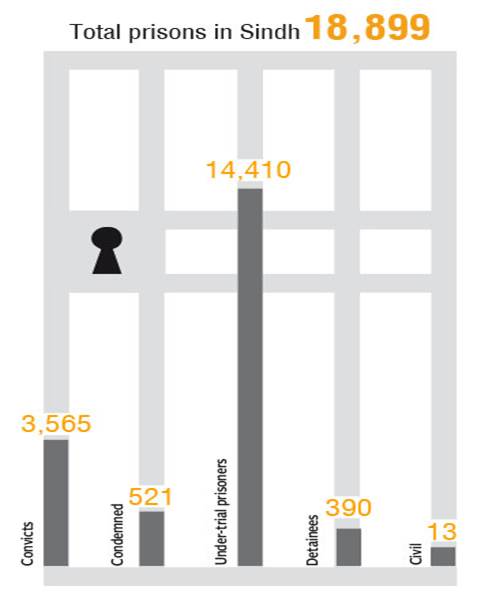
Overcrowding serves as a cruel and unusual punishment as the prisoners have to share various facilities, including medicine, health, and visitation among others.
The lack of sanitation and inhumane conditions also lead to many prisoners being diagnosed with diseases such as AIDS, hepatitis B, and tuberculosis among others.
Seeking to resolve the problem, JPP collaborated with students from Indus Valley School of Art and Architecture over a student-based design competition seeking to improve the design of prisons in Karachi.
‘2/3 prisoners under trial’
A major concern is that about two-thirds of prisoners are under trial, pointed out students from IVS who worked on the project.
Sharing statistics, they said that about 18,899 prisoners are currently housed in 25 prisons across Sindh. Of the identified population, 3,565 are convicts, 521 condemned, 390 detainees and a whopping 14,410 under-trial prisoners.
The problem is worsened by poor prison management as first-time offenders are kept in the same space as habitual offenders.
On April 4, the Supreme Court had acquitted a man, identified as Intezar, in a murder case 13 years after finding insufficient proof against him.
Intezar’s story is similar to countless others from impoverished backgrounds who continue to suffer at the hands of slow justice system. Statistics reveal that seven out of 10 people in jail have not been found guilty.
Central Prison Karachi
Spread over 65 acres, Central Prison Karachi houses 6,174 prisoners against the authorised capacity of 2,400 inmates, according to JPP. The population density of the prison is 262 square feet per person.
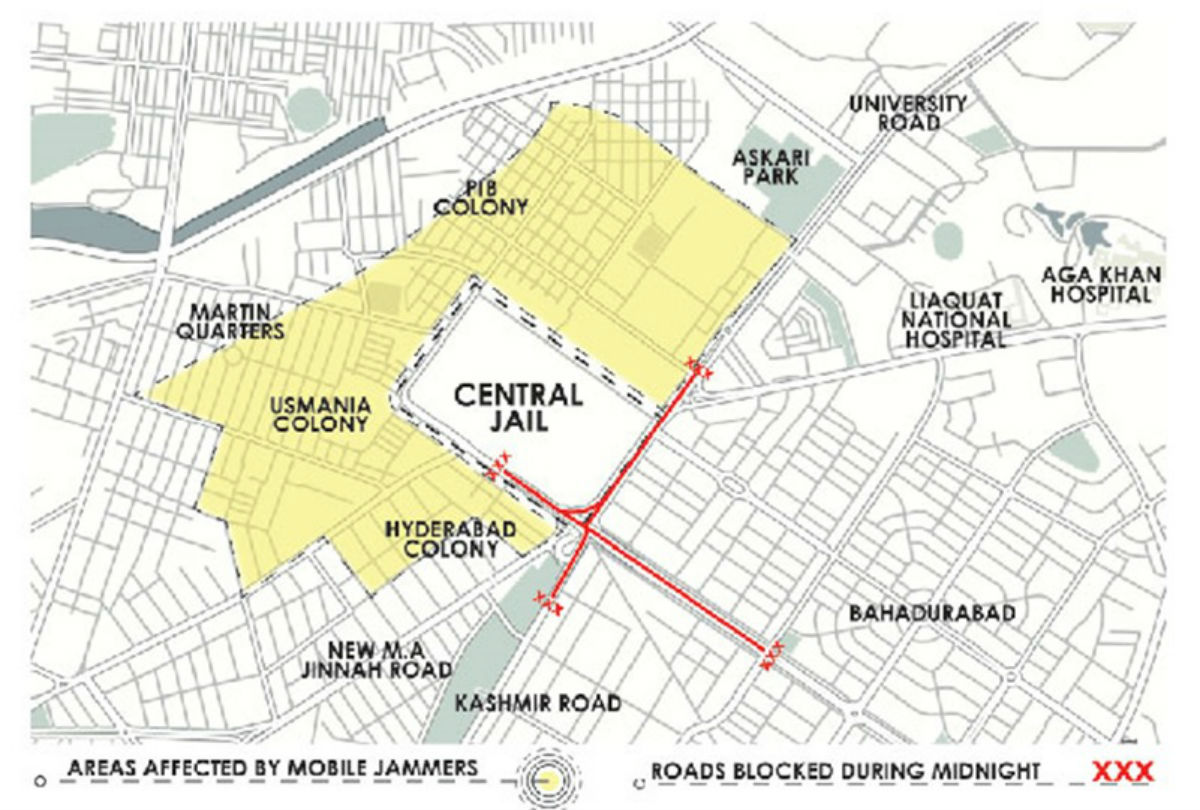
One of the problems regarding the prison, as pointed out by the students, is its location. The city's central prison is surrounded by residential areas such as Hyderabad Colony, Usmania Colony, Martin Quarters and PIB Colony.
The residents of these areas are left to suffer due to the phone jammers placed at the vicinity’s periphery and frequent blockage of roads.
Moreover, the visitation cell of the prison is too small and narrow to accommodate a large number of people. This denies prisoners their right to meet visitors and further leads to their isolation from the outside world.
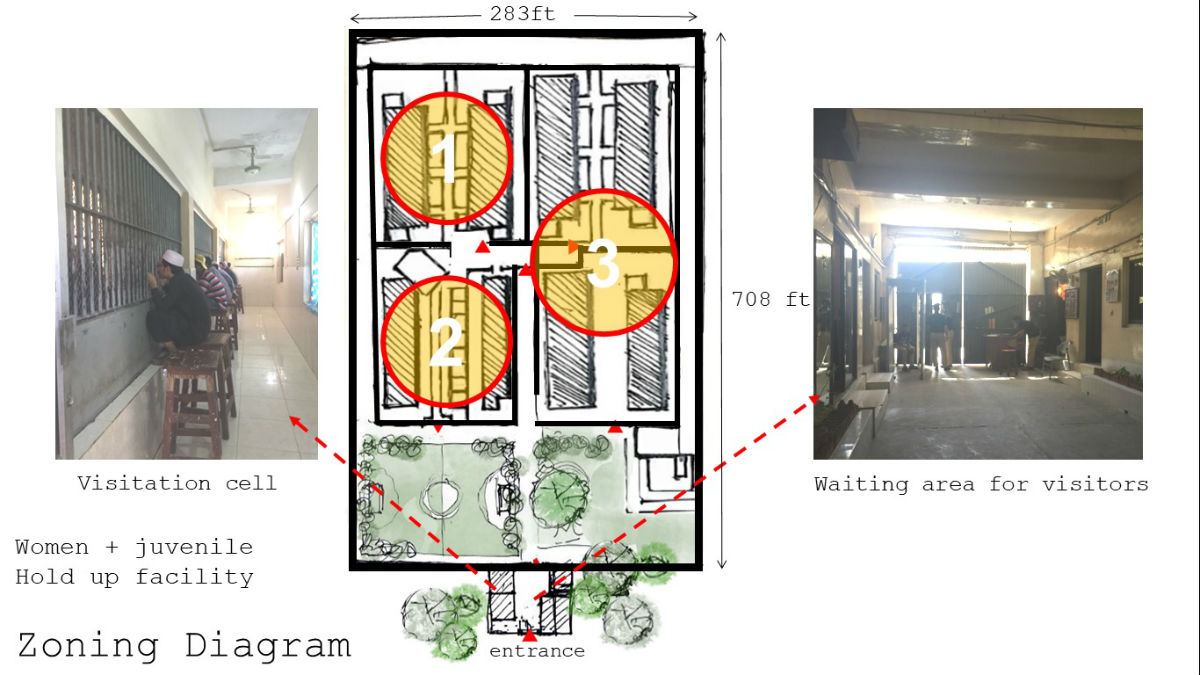
The rehabilitation centres inside the prison complex which comprises a gymnasium, classroom, seminary, basketball court, wood workshop, library, computer lab and art room also are not able to accommodate all the prisoners.
District Jail Malir
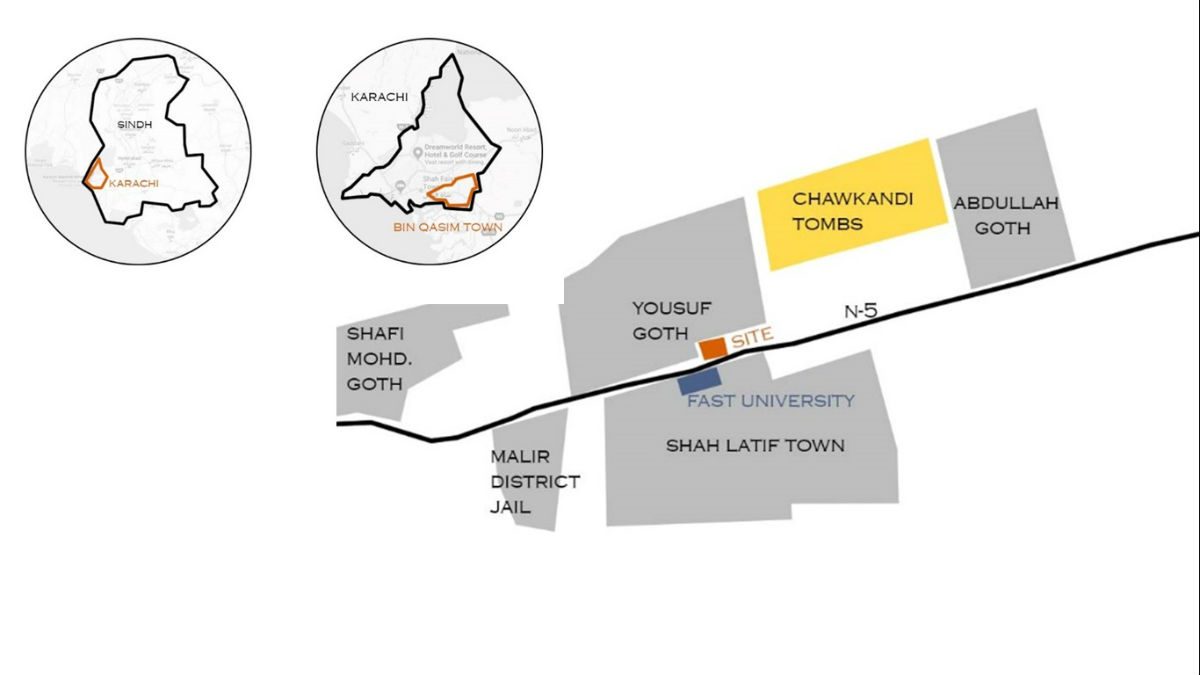
On the other hand, District Jail Malir, which was designed for 1,500 inmates, currently holds more than 4,000 inmates. Prisoners reside in communal barracks and inmates are locked in their barracks from sunset to sunrise.
The students raised concern over the issue of green space at the jail, adding that it remains underutilised as inmates are allowed to sit there for a very short period of time.
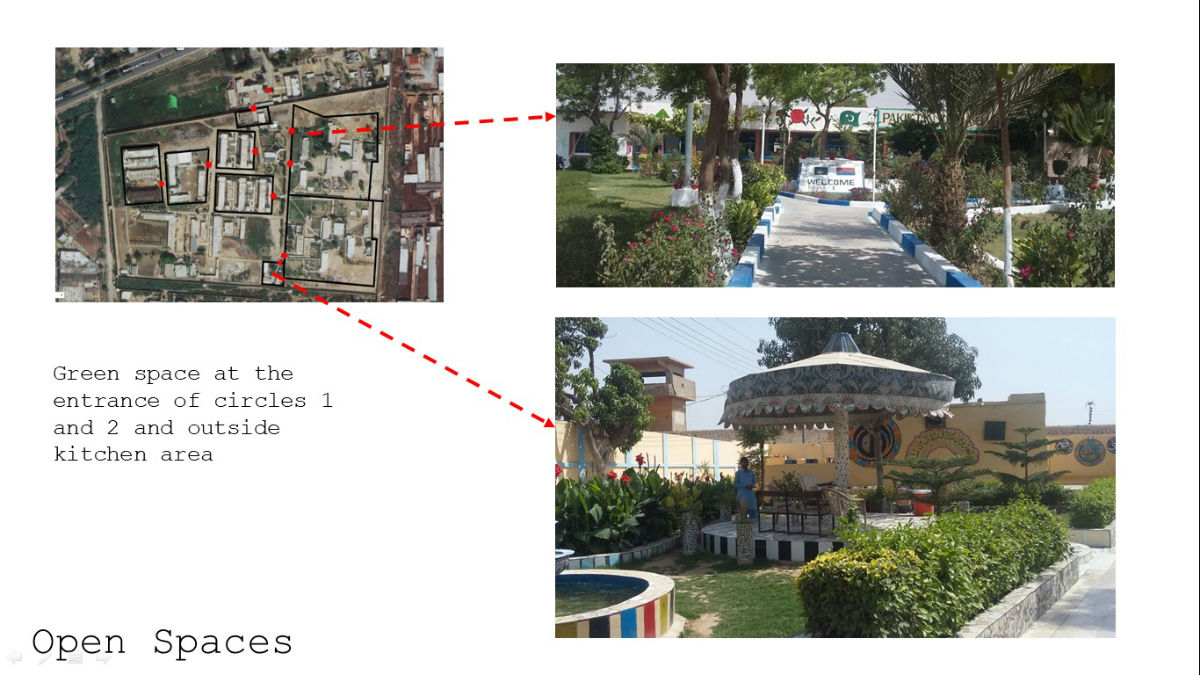
“The circulation of the prisoners is very rigid, we have to focus on their inclusion through movement and interaction,” shared an architecture student Hoorya Mehmood.
The students remarked that the conditions of the jail's kitchen were "inhumane", adding that despite the current population of jail the food is produced for only about 1,500 inmates.
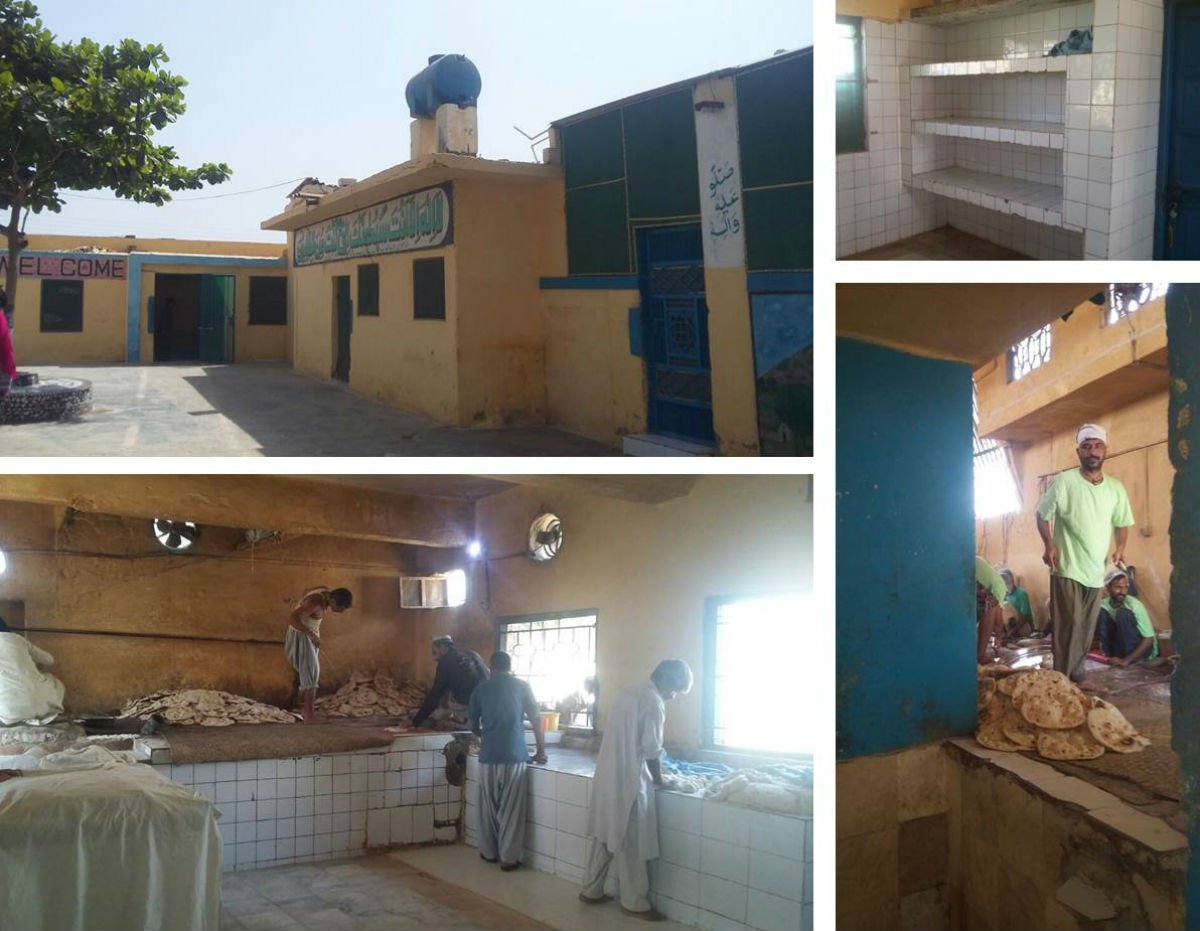
Reimaging prisons
“The architecture of our prisons is outdated and must be redesigned to reform prisoners,” according Sindh Inspector General of Prisons Nusrat Mangan. The standard policy of adding more barracks to a prison to address overcrowding is not the right solution, he said, adding “there is no prison in Pakistan that is not overcrowded.”
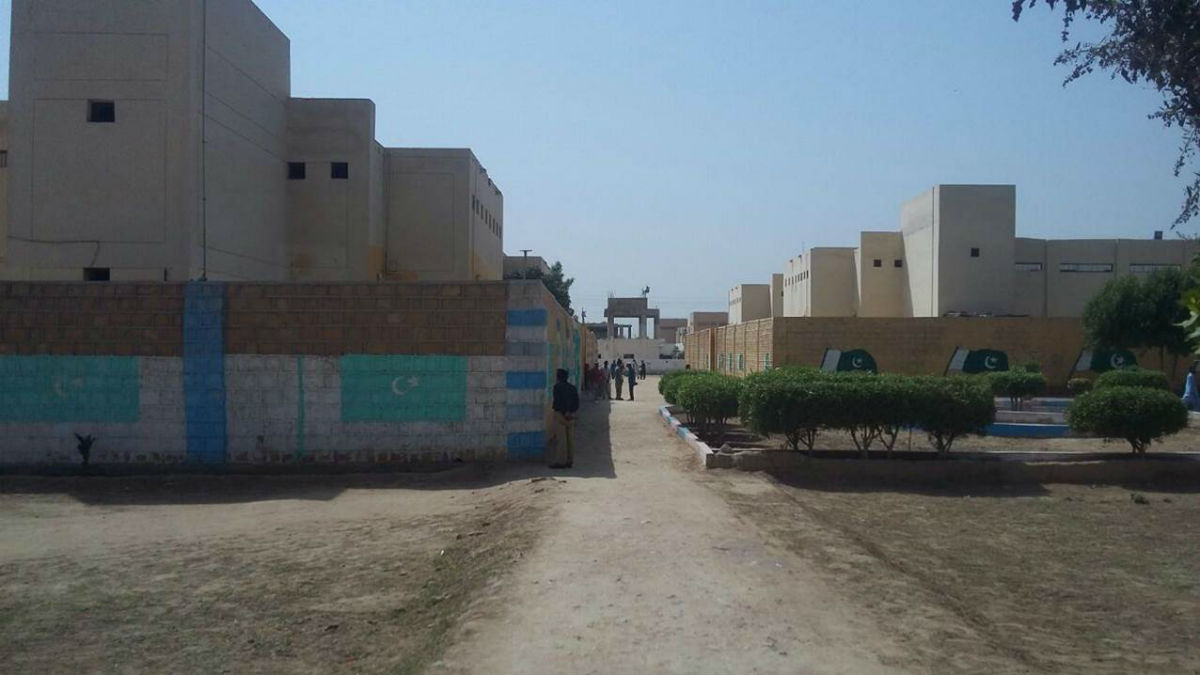
While speaking at the ‘Reimagining Prisons’ competition on Thursday, he remarked that prisons in Pakistan have largely remained neglected which has bred an environment of corruption and nepotism inside jails.
Architect Saifullah Sami, who was one of the judges, remarked that the crux of the competition was for young people to understand what they think is ‘just’ and what constitutes as ‘punishment’.
Twenty-five students participated in the event of which fourth-year IVS students Mahaa Ejaz and Tahir Zahid won the contest.
Photos/Data courtesy: IVS students Mahaa Ejaz, Bushra Saleem, Alina Naqvi, Alizeh Arbab, Reeba Tehseen, Sabeen Yameen, Sobia Khan, Mayra Shuja, Afraz Qazi, Ayesha Sultan, Maaz Jan and Mohsin Yar Khan.


